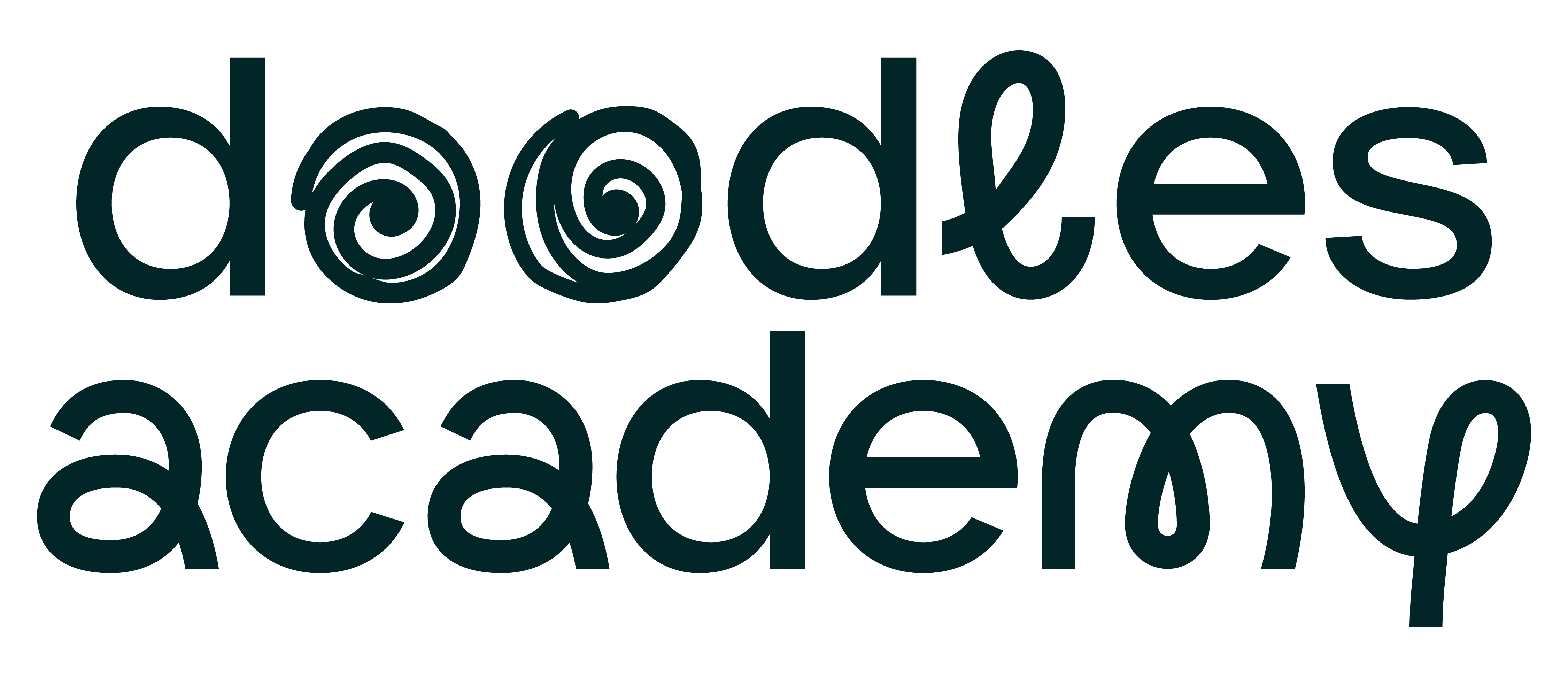Overview:
During this lesson, students learn how to hold and use their colored pencils to get different effects.
Students will be able to:
- color evenly and softly using their colored pencil.
- grip their pencil firmly and use it deliberately to add texture.
Setup:
Students will be working independently.
Have materials set up in a way that is easy to pass out, see, and select from.
Materials:
- Colored Pencils
- Drawings from Lesson 3
Media:
- N/A
Handouts & Photocopies:
Lesson 4
10M, INSPIRATION IMAGE
LOOK AND DISCUSS AN ART PIECE THAT INTRODUCES SOME OF THE LESSON CONCEPTS
Project the inspiration image where students can see it. Give students a moment to study it silently, then begin a brief discussion with the phrase, “What can we find?”. Paraphrase what students say for the benefit of the class, being careful to remain neutral, then ask “What else can we find?”. Alternately, allow them to draw or write what they notice on a blank piece of paper or in a sketchbook.
Note on using the information above: As your students participate in a conversation around this artwork, it may occasionally be helpful to provide them with additional or contextual information. This information can and should be imparted at the teacher’s discretion.
The point of this discussion time is to have students learn and add onto each other’s thoughts. By remaining neutral and simply repeating what students say you allow students to do the heavy mental lifting and also create an environment where there is no wrong answer, fostering creativity and mental risk-taking.
5M, INTRODUCTION VIDEO
WATCH THE INTRODUCTION VIDEO & CHECK FOR UNDERSTANDING
Check for understanding by asking, “Who was listening closely that can sum up what we are doing today?” Make sure that student artists can list all the steps and clarify anything that needs clarifying.
20-25M, WORKTIME
FOCUS ON TECHNIQUE AND CAREFUL COLORING
Student artists will have two days to complete coloring, so remind them not to rush. Encourage them to cover up all the white areas before moving on to details. Ask them about the decisions that they are making to make them them aware of focused artistic decisions; i.e, “Why did you decide to use a short, diagonal line pattern?” or “I’m noticing your color choices! How did you decide on them?” Keep the observations neutral and let the students take it from there.
5-10M, CLEAN-UP/PRESENTATIONS
STUDENTS PRESENT WORKS IN PROGRESS AND DISCUSS THE ARTISTIC DECISIONS THAT THEY MADE
Sharing should work as follows:
- Student stands by their work. A teacher should hold it, or place it on an easel.
- The student presents their work, answering What they made, How they made it, and Why they made the decisions that they did. When they are done they ask, “Any comments or questions?” and can take responses from the audience.
- A note on responses: it is o.k. if an audience member questions or wants clarification from the artist. It is also o.k. if an audience member makes suggestions. But it must be done in a kind, thoughtful, and respectful way.
- Always end the conversation by asking the class to give the artist a compliment.
Depending on the teacher’s style of classroom management, it might be helpful to only choose and train a few kids to clean. The rest of the class can be busy with the presentation. Make sure to train these helpers well in advance so that you aren’t left with a messy room.
Clean-up times will vary with materials; get to know your class and allow 5-10 minutes depending on how efficient they are and whether or not the material was messy.
ANTICIPATED PROBLEMS
-
Students might not fill in the white areas with color, and when encouraged to, respond with “I like it white”. A simple way to solve this is to require that the whole paper be colored, and if it is staying white, then they can color it white. To further explain, reference how adding colors makes something more interesting to look at, and how the paper white and the pencil white are two different whites. So both the colors and the texture that they will be adding by coloring it rather than leaving it will create more visual interest.
EARLY FINISHERS
If a student says they are done, encourage them to look at their paper and see if there is anything they can improve. You can ask their seatmates to weigh in (make sure it is done constructively and helpfully). Ask them to think of texture that they might add, or areas that might be colored more carefully.
This project is free to access, but after the first lesson, you will have to create a free account and enroll in the course. After you create an account and enroll, the project can be accessed from the \’artroom\’ tab at the top of the page.
